Building the home of your dreams is a lifelong goal for many people, and this dream is easier to make a reality at some times more than others, depending on the housing market.
Several economic factors impact the fluctuation in home costs, but interest rates are one of the primary considerations for individuals wanting to build a new home. This can be tricky to navigate since interest rates have a big impact on the cost of new construction. If you’re interested in buying a new house, Reinbrecht Homes can help you get competitive interest rates, thanks to our close working relationship with local banks.
Continue reading to learn how interest rates and other economic factors drive the housing market and what this means for buying and building new homes.
Understanding How Different Factors Affect the Housing Market
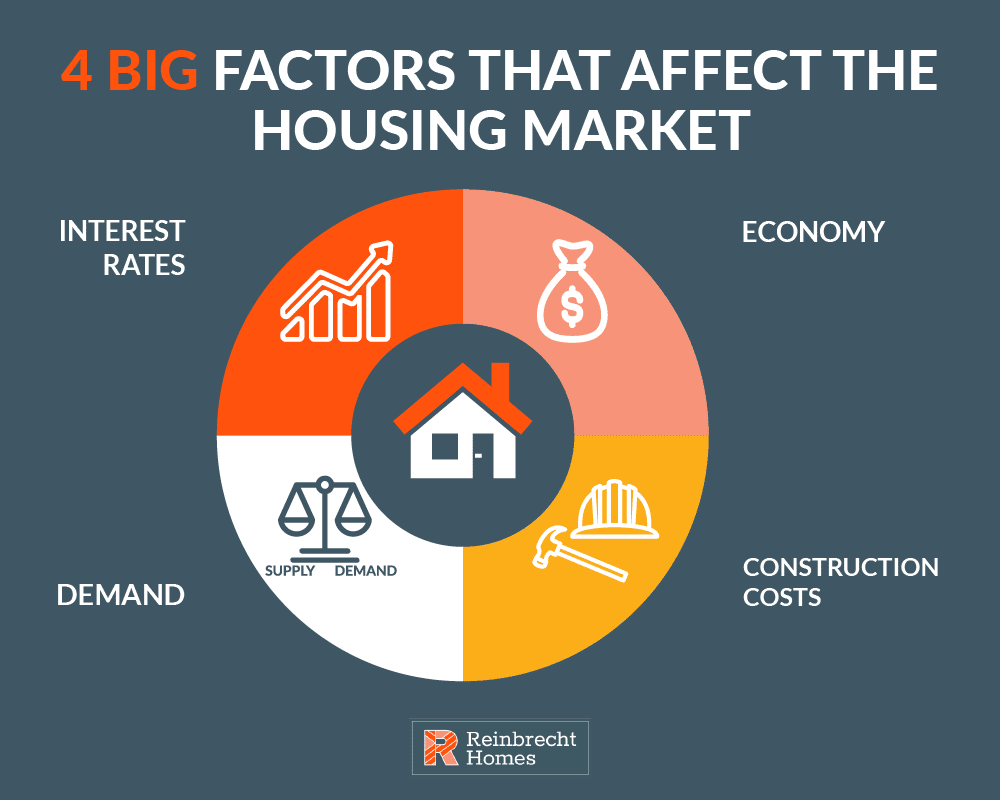
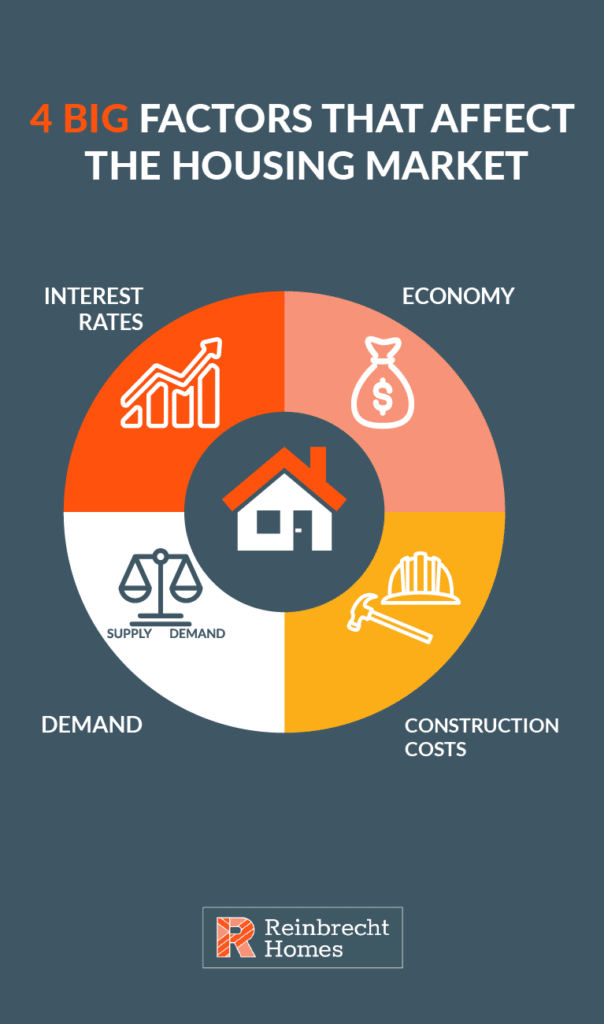
The economy ebbs and flows, and we can feel this difference on a smaller scale in our day-to-day life while observing it on a much larger scale as the years pass.
For many homeowners, purchasing a new home or building the home of their dreams depends on affordability. By understanding how the following factors affect the housing market, you can feel empowered to know when it’s the right time to move forward with getting your new home.
How Interest Rates Affect the Housing Market
Understanding how interest rates affect the housing market is relatively straightforward. Typically, prospective homeowners learn quickly how interest rates can impact their ability to buy a home.
When interest rates fluctuate, this directly affects the monthly cost of home ownership; when interest rates are high, the cost of buying a home increases, and when they’re low, the price decreases.
For example, an individual interested in building a new home for $400,000 who receives a loan offer with a new home interest rate of five percent on a 30-year fixed mortgage may end up spending over $200 per month more than if they were eligible for a mortgage with a four percent interest rate.
When even a minor difference in interest rates can drastically affect the affordability of a home, it’s clear to see the correlation between interest rates and the housing market.
When interest rates increase, fewer people purchase homes because of how expensive it is.
How a Rise in Demand Affects the Housing Market
While interest rates significantly shape the housing market, supply and demand are critical factors. When many homes are available on the market, sellers must lower their asking price to remain competitive.
This phenomenon is known as a “buyer’s market,” in which there is significant supply but less demand, which means that the power belongs to the individuals looking to buy a home.
At other times, there is a “seller’s market” in which the demand significantly outweighs the supply. At these times, more people compete to purchase a smaller number of homes, and sellers can ask for more.
Supply and demand shape the housing market because when there is a surplus of supply but a low amount of need, housing prices typically remain low. However, when the demand outweighs supply, the housing market becomes significantly more competitive, which drives home prices up.
How the Economy Affects the Housing Market
The general economy plays a significant role in the housing market, as homes will only be built and sold when people can afford to do so. Therefore, when there is a period of economic growth, housing prices typically increase.
This increase is mainly because economic growth is typically associated with an increase in employment rates. Therefore, when people have job security, they have financial security, which typically translates to a willingness to make significant financial decisions like buying homes.
Conversely, periods of economic decline are typically associated with business closures and other signs of financial fragility, leading to job insecurity and making people less willing and able to make big purchases.
While individuals with a certain level of wealth may feel financially secure enough to buy a new home even when the economy is doing poorly, the average person is less likely to take financial risks, which largely influences the housing market.
An additional economic factor that seriously impacts the housing market is inflation. Not only does inflation affect the cost of construction materials, which increases the cost of homes, but it can also lead to higher mortgage rates.
When substantial inflation occurs, the federal government does its best to curb this by raising the effective federal funds rate (EFFR), which lowers the money supply and, thus, inflation.
As a result, there may be an increase in mortgage rates which can make up for or surpass the difference between the pre-inflation interest rates.
How Construction Costs Affect the Housing Market
Another significant factor that affects the housing market is the cost of construction. While you might think this only impacts the cost of building new homes, this cost ties directly into the housing market.
When lumber prices increase, building a new home from the ground up will cost significantly more due to the higher cost of wood. However, this increase in lumber cost also affects the millions of people considering buying fixer-uppers, doing home renovation projects, and considering the financial burden of home ownership.
The COVID-19 pandemic was an excellent example of how a higher cost of materials increases home prices. Many home-building materials skyrocketed in price during this time, but lumber impacted the housing market the most.
According to the Western Wood Products Association, in more than 90% of the houses built during this time, wood was the primary building material, meaning that whether building new homes or modifying existing ones, wood was an essential item.
During the Coronavirus pandemic, the National Association of Home Builders (NAHB) conducted an analysis in which they determined that the increasing costs of lumber meant a difference in the price of the average home was more than $35,000.
This example illustrates how much the cost of raw materials shapes the housing market. When essential items like wood, steel, and resin cost significantly more than they did even one year prior, you’ll observe significant increases in home prices.
Like all economic changes, these prices will ebb and flow. Awareness of how available raw materials are can give you essential insights into how much construction costs might be, which impacts the overall cost of building a new home or purchasing an existing one.
Understanding the Difference Between a Mortgage Loan and a Construction Loan
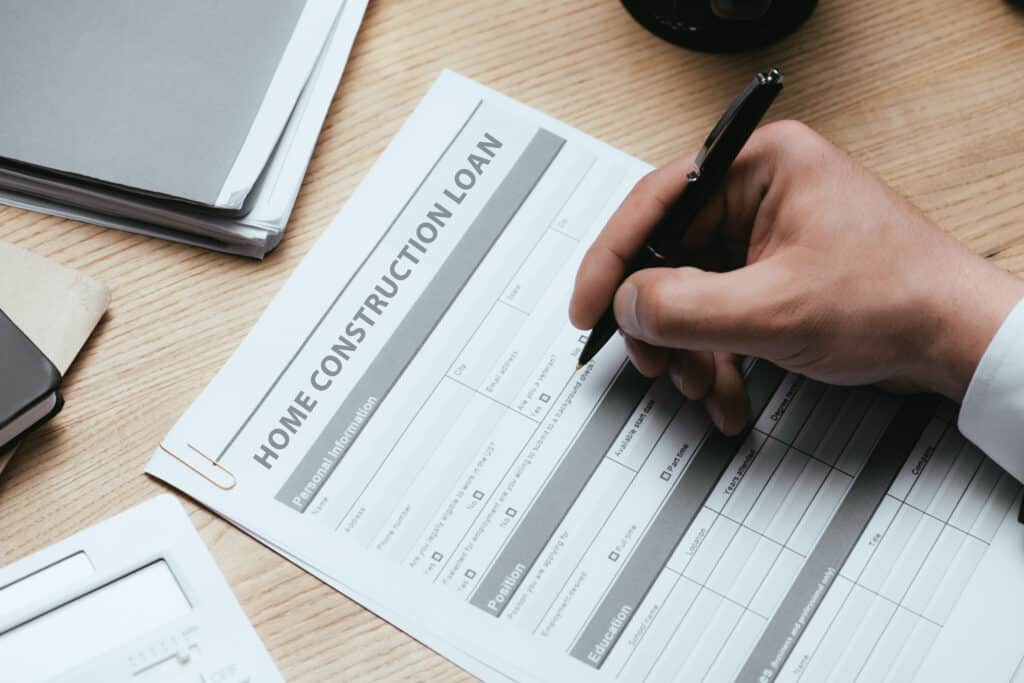
While the housing market includes trends observed between existing homes and new builds, opting to build a new house can present unique challenges to prospective home buyers. You must understand the difference between the loan you’ll get when building a new home.
Home buyers who purchase existing homes take out a mortgage on their home, which typically lasts for 15 or 30 years, with a monthly payment. However, buyers who choose to have a new home built take out a construction loan instead of a mortgage.
Below are the key differences between a construction loan and a mortgage loan:
Loan Type: Construction-to-Permanent vs. Construction Only
A construction-to-permanent loan is the type of loan typically chosen when individuals purchase new builds. When you buy a home using this method, the loans are short-term, typically only lasting up to a year. This type of loan differs from a mortgage, which often lasts up to 30 years.
With a new home construction loan, home construction splits into phases, and home buyers receive incremented loans for each project phase. Then, when the house is complete, the total amount owed for building the home consolidates into a single permanent mortgage loan that the buyer pays monthly.
Home buyers only have to pay closing costs once with a construction-to-permanent loan.
A new home construction loan differs from a construction-only loan, which offers the total amount for the home’s construction before construction begins. Once built, the construction debt turns into the monthly mortgage, which the bank considers a second loan. With this type of loan, home buyers pay closing costs twice.
Interest Rates
Regardless of which type of construction loan you select, construction loan interest rates tend to be higher than mortgage rates. Prospective home buyers need to be prepared for higher monthly payments if choosing to build a home rather than buy an existing one because offering this type of loan poses a greater risk to the bank.
When banks offer mortgages, they own the home until you finish paying off your loan. If you can’t pay your mortgage, the bank can take it from you and recoup their losses.
However, when banks offer construction loans, they assume greater risk because there is no safety associated; until the house is complete, they have nothing to take back from you if you can’t pay the loan.
For this reason, most banks require a down payment of 20% when purchasing a new build which can be difficult for many homeowners to afford.
Individuals interested in building a new home should know that securing a construction loan may be more challenging than a mortgage. Unfortunately, many banks and lenders refuse to offer construction loans because of the risk.
Home buyers should speak with Reinbrecht Homes about securing a construction loan, as they’re more available and affordable than in many other areas of the country.
How Interest Rates Impact Buying a New Home vs. Building One
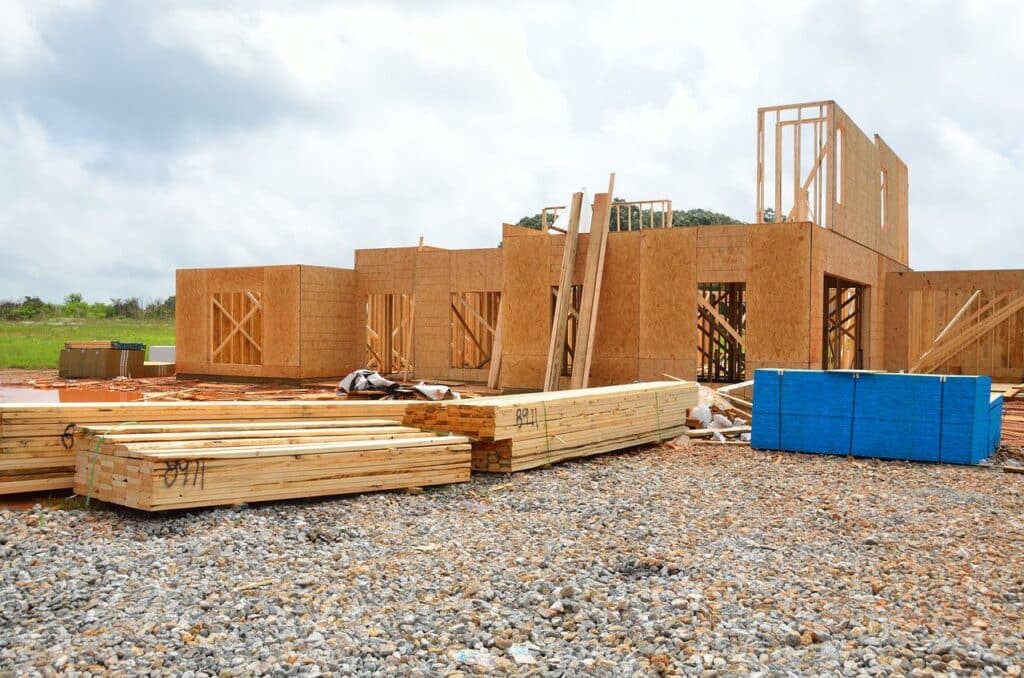
As previously stated, interest rates are sometimes significantly higher for construction loans than typical mortgages, meaning that any increase in the national average will impact construction loan interest rates even further.
If you’re struggling to afford an existing home with the current interest rates, it may be beneficial to wait to build a new home until the interest rates are more competitive.
The economy ebbs and flows, and while you may have to postpone your project for a few years until interest rates get back on track, this is a small price to pay for building the home of your dreams.
New builds are typically more expensive upfront, but there are significant financial benefits to building a new home, primarily that you may end up recouping your losses by avoiding costly repairs in the first years of home ownership.
Financial security is necessary for home ownership, and building a new home using a construction loan can be even more costly if interest rates are high.
That said, it’s essential to remember that buying or building a new house is a significant financial investment, and the interest rate you receive on your loan is only one component of your home’s affordability.
Many factors go into how much of a loan you’ll be eligible to receive and what interest rate you’ll get on that loan, including your employment history, household income, and more.
For example, interest rates are high when you want to take out a construction loan, but you or your partner plan to quit your current job. In this case, it may be more financially beneficial to apply for a higher-interest loan using your current combined household income.
How Reinbrecht Can Help You Build Your Dream Home
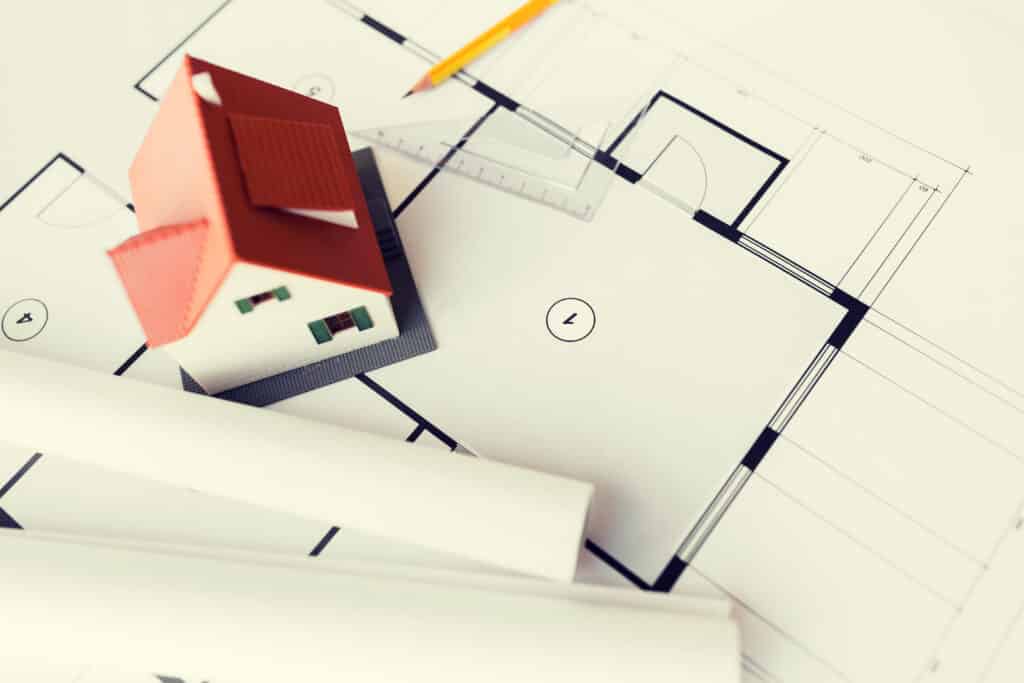
Understanding how the housing market impacts your ability to build or purchase your dream home is multifaceted and complicated. The more you learn about the industry and the way economic changes influence your ability to build your dream home, the more you’ll be able to pinpoint the perfect time to start your dream project.
One of the primary factors that affect how expensive a home is to build are the current interest rates.
In addition, the economy and construction costs play a significant role in shaping the cost of purchasing a home.
When you build a new home, you will need to take out a construction loan instead of a mortgage, which will come at a higher cost. For this reason, waiting to build at a time with low-interest rates might be advantageous.
It can be difficult to navigate the complexities of the housing market and find the best interest rates for new home construction costs. It’s important to understand all the options that are available to you. When you decide you’re ready to build your dream home, use Reinbrecht Homes to secure your loan to lock in interest rates lower than the national average. Our team is committed to providing you with quality homes that fit both your budget and your lifestyle. Contact us today to get started on making your dream of homeownership a reality!




